Do you want to ride MASSIVE trends that leave traders with envy?
You know:
The type of trend that just goes on without “taking a break” while other traders are on the sidelines waiting for a pullback — or wishing they were in the trade.
If you want to learn more, then welcome to Position Trading.
If that’s something new to you, don’t worry.
Because in today’s post, you’ll learn:
- What is position trading and how does it work
- Where to find the best position trading opportunities
- How to better time your entries for position trading
- How to set a proper stop loss when doing a position trade
- How to trail your stop loss and ride massive trends
- A position trading strategy that works
You EXCITED?
Then let’s begin…
What is position trading and how does it work
Position trading is a trading methodology that seeks to capture trends in the market.
The idea is to catch the “meat of the move” without getting stopped out on the retracements.
Here’s what I mean:
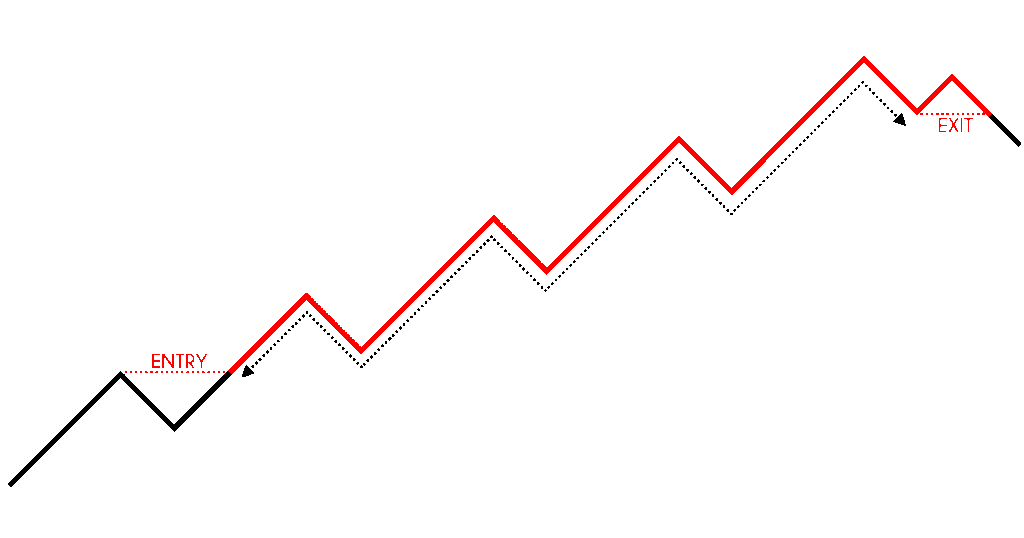
And here are the pros & cons of position trading…
Pros:
- It requires less than 30 minutes a day
- It’s suitable for those with a full-time job
- Less stress compared to swing and day trading
Cons:
- You’ll watch your winning trades turn into losing trades, often
- Your winning rate is low (around 30 – 40%)
Is this something you can accept?
Great!
Then let’s move on…
Position trading: Where to find the best trading opportunities
What I’m about to share with you is GOLD.
Because in my experience, these are the best times to enter a trade because the trend is in its “early stages”.
They are…
- Support and Resistance
- Breakout of a long-term range
- The first pullback is the best pullback
Let me explain…
1. Support and Resistance lets you “buy low and sell high”
Support – an area on your chart with potential buying pressure
Resistance – an area on the chart with potential selling pressure
An example:
Now think about it…
An uptrend develops only after breaking above the highs of a range.
So, if you want to enter your trades BEFORE the price breaks out, you must do so when the market is ranging.
And where is the best place to go long when the market is ranging?
BOOM!
At Support.
2. Breakout of a long-term range puts your trading on steroids
Here’s the thing:
The market is always changing.
It moves from a range market to a trending market, and back to range market.
And in my experience, the longer it’s in a range, the harder it breaks.
Here’s why…
When the market is in a range, traders will long Support and short Resistance.
And where will they put their stop loss?
Probably below Support and above Resistance.
Now…
As time passes, this cluster of stop-loss will increase as more traders fade the highs and lows of the range.
But the market has to breakout, eventually.
Let’s say, for example, the market breaks out higher.
What happens?
Well, there are momentum traders, position traders and Trend Followers who buy the breakout.
Then, you have short traders cutting their loss (from shorting Resistance) which fuel further buying pressure.
The result?
You get a strong breakout which could start a new trend.
So the bottom line is this…
The longer it range, the harder it breaks.
3. The first pullback is the best pullback, here’s why…
A pullback is when the price temporarily moves against the trend and it offers a trading opportunity for you.
In my experience, the best pullback is the first pullback (after a breakout).
Here’s why…
When the market is in a range, it must break out eventually.
And as you know, the longer it range, the harder it breaks.
So, when the market finally breaks out, traders who miss the move can’t wait to enter on the first pullback.
These pullbacks have shallow retracement as few traders want to trade against the strong momentum.
So what you can do is, buy the break of the swing high and get on “hop” onto the trend.
Here’s what I mean:
Now:
You’ve learned the best trading opportunities are at Support and Resistance, the breakout of a long-term range, and the first pullback.
And in the next section, you’ll learn specific entry triggers to enter your trade with low-risk.
Let’s move on…
How to time your entries for position trading
There are 2 entry techniques you can use for position trading.
They are:
- The False Break
- Volatility Contraction
I’ll explain…
The False Break
This entry technique takes advantage of breakout traders who are “trapped” and it’s suitable for trading Support and Resistance.
Here’s how it works…
Breakout traders tend to go long on the break of the highs.
But what happens when the market breaks out higher, only to reverse lower?
Well, the breakout traders are “trapped” as their long positions are in the red.
And if the market continues to lower, it will trigger their stop loss which fuels further price decline.
And this is how The False Break can serve as an entry trigger into a trade.
Here’s an example: A False Break at the highs
Now, the False Break isn’t an exact pattern as there are variations to it.
For example, it can appear in the form of reversal candlestick patterns (like Hammer, Shooting Star, and etc.).
If you want to learn more, then go read The Monster Guide to Candlestick Patterns.
Volatility Contraction
This entry technique gets an entry in a low volatility environment.
So when volatility expands in your favor, you can earn high R multiple on your trade due to a larger position size (from your tight stop loss).
Now you’re probably wondering:
“So what does a Volatility Contraction look like?”
Well, it’s a tight consolidation with small ranged candles.
And you can go long when the market breaks out of the volatility contraction.
An example:
Moving on…
In the next section, You’ll learn how to set a proper your stop loss so you don’t get stopped prematurely.
How to set a proper stop loss so you don’t get stopped out prematurely
Now:
One of the biggest mistakes you can make is to have a TIGHT stop loss.
You’re probably thinking…
“But a tight stop loss reduces my risk and improves my risk to reward.”
Nope.
Because more often than not, you’ll get stopped first before the market can move in your favor.
This means your analysis might be correct but you still end up losing money because your stop loss is too TIGHT.
So, what’s the solution?
Increase the size of your stop loss so you can withstand the “noise” of the markets.
Here’s how…
Your stop loss must be at a location where if reached, will invalidate your trading setup.
This means if you short a head & shoulders pattern, then your stop loss should be at a level where if the market hits it, the entire pattern is “destroyed”.
Or if you’re long Support, then your stop loss should be below Support so if the market hits it, chances are, Support is broken.
Now, I don’t suggest placing your stops just below Support or Resistance because you’ll get stop hunted easily.
Instead, give it some “buffer” so your trade has more room to breathe.
If you want to decide how much “buffer” to give, you can use the Average True Range (ATR) indicator and set your stop loss 1ATR below Support.
Here’s what I mean:
Now if you want a more detailed explanation of this concept, then go watch this training video below…
How to set a trailing stop loss and ride big trends
Here’s a fact:
If you want to ride a massive trend, the kind that makes other traders go green with envy, then you must…
Trail your stop loss.
This means:
No target profit.
No second guessing yourself.
No bailing out even when it feels “uncomfortable”.
You honor your trailing stop loss and get out when the signal tells you to.
Are you prepared for it?
Then here are 2 ways you can do it:
- Average True Range
- Moving Average
Let me explain…
Average True Range
The Average True Range is an indicator that measures volatility.
So what you can do is take a multiple of the ATR and use it to trail your stop loss.
For example:
ATR = $10
Multiplier = 5 (you can choose any number you want)
Trailing stop loss = 10 * 5 = $50
So if you’re long, you’ll subtract $50 from the highs to determine your trailing stop loss level.
Or if you’re short, you’ll add $50 from the lows to determine your trailing stop loss level.
Pro Tip: You can use an indicator called “Chandelier Stop” from TradingView to help you calculate and highlight your trailing stop loss level.
Here’s an example:
Next…
Moving Average
The Moving Average (MA) is a Trend Following indicator that’s useful in trending markets.
Here’s how you can use it to trail your stop loss:
- When the market is trending, trail your stop loss below the moving average (for longs)
- Exit the trade when the market closes below it
An example…
I know you’re probably thinking:
“So Rayner, is the 50MA the best?”
Here’s the deal…
There’s no such thing as the “best” moving average.
The idea is, if you want to ride a long-term trend, then trail your stop loss with a long-term moving average (and vice versa).
Position trading strategy
At this point…
You have all the ingredients you need to develop a position trading strategy.
Here’s an example of a position trading strategy:
- Wait for the market to form a volatility contraction (a buildup) at Resistance
- Go long if the price breaks above the high
- Set your stop loss 1 ATR below the low of the buildup
- Trail your stop loss with the 50MAand exit if it closes below it
Here’s what I mean…
As you can see, there’s nothing complicated about position trading.
The difficulty doesn’t lie in the strategy but in the execution — the willingness to ride your winners.
If you want to take things a step further, you can even adopt…
Short term position trading
Generally, position trading is traded on the higher timeframes.
But who says you can’t take this trading strategy to the smaller timeframes?
You can find these trading setups on the 1-hour, 15mins, or even 5 mins timeframe.
However, the shorter your timeframe, the shorter the trend you’ll catch — and the more screen time required.
Conclusion
So here’s what you’ve learned:
- Position trading is a trading methodology that seeks to ride long-term trends
- You can find the best position trading opportunities from Support and Resistance, break of a long-term range, and the first pullback
- You can use the False Break and Volatility Contraction to time your entry
- You can use indicators like Average True Range and Moving Average to set your initial and trailing stop loss
- The concept of position trading can be applied to the short timeframes like 1-hour, 15mins, or even 5mins
Now here’s what I’d like to know…
Do you prefer position trading? Why or why not?
Leave a comment below and share your thoughts with me.

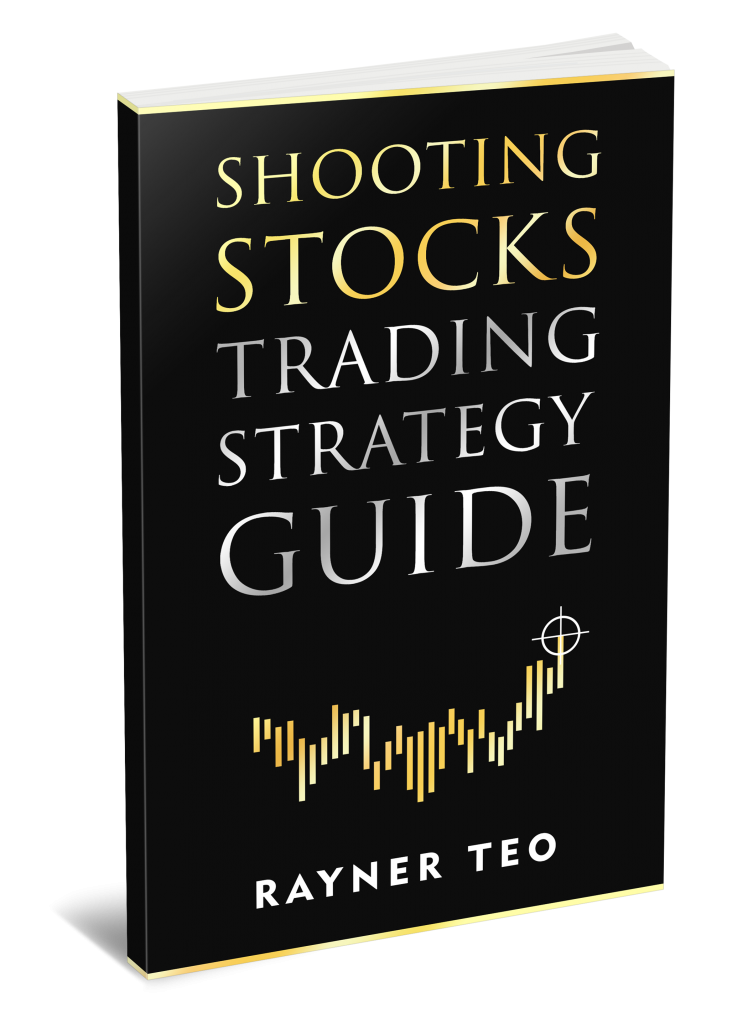
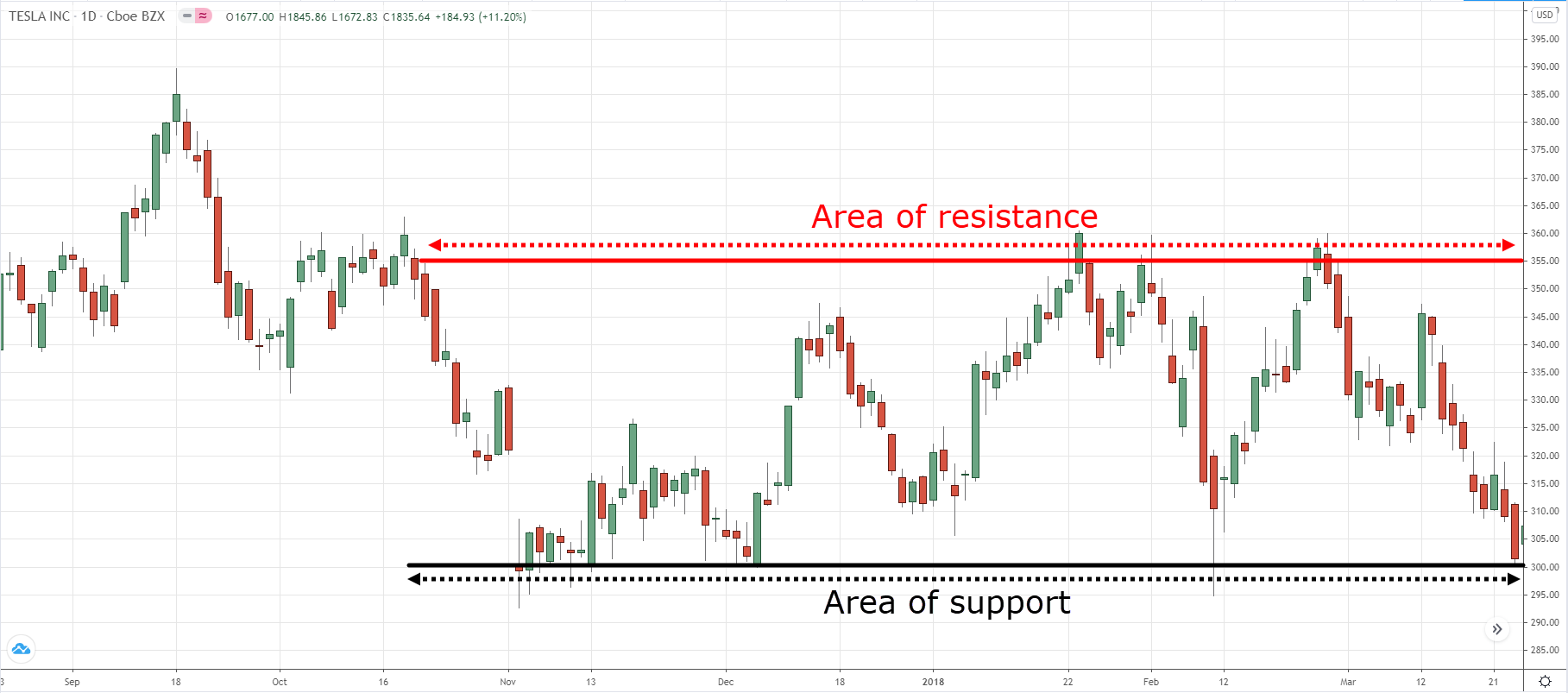
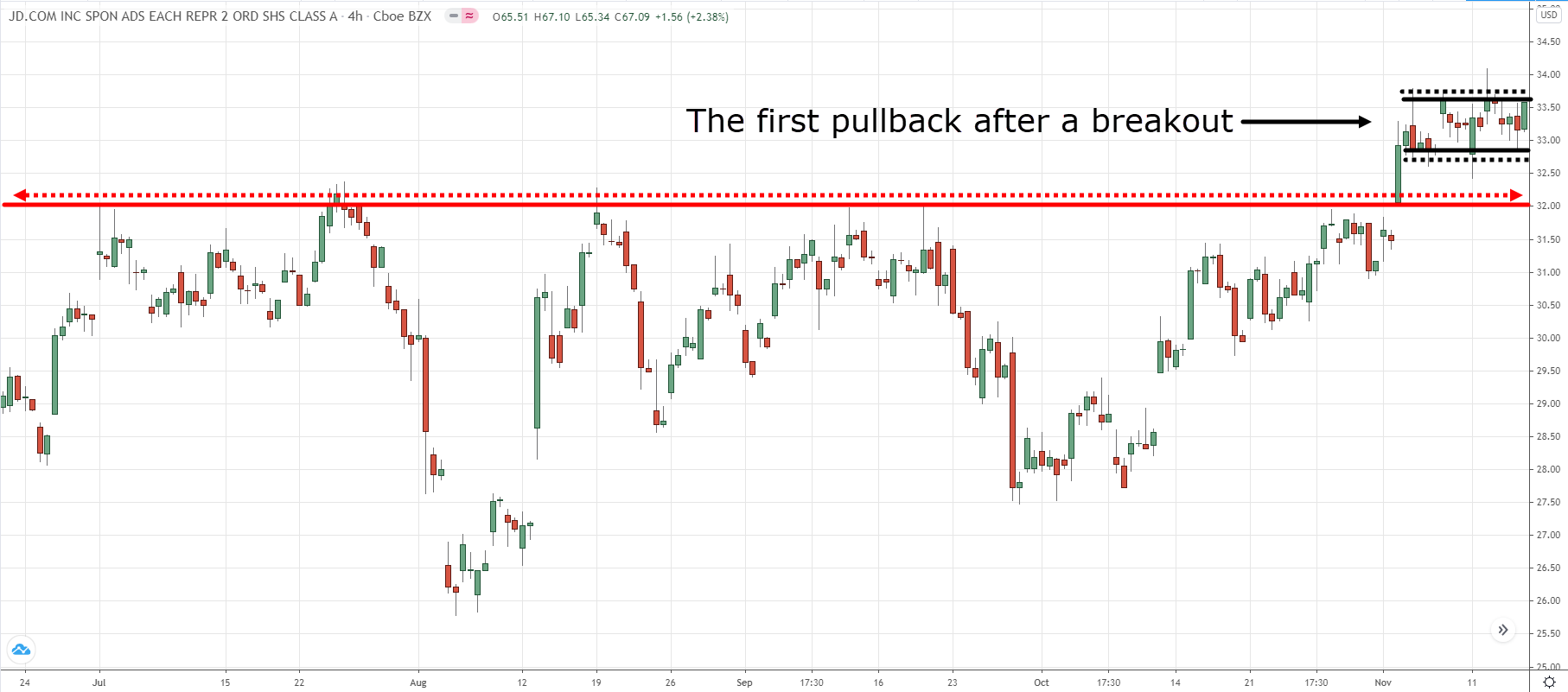
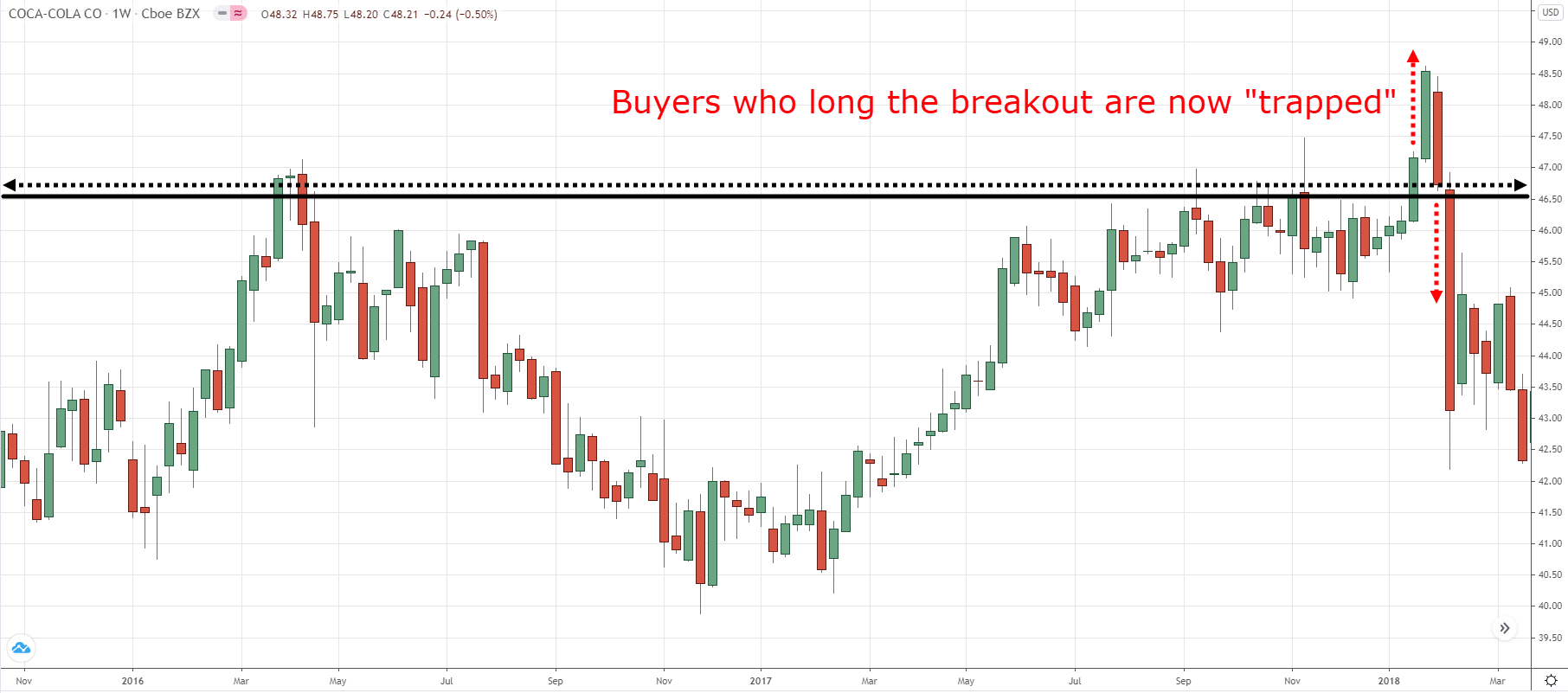
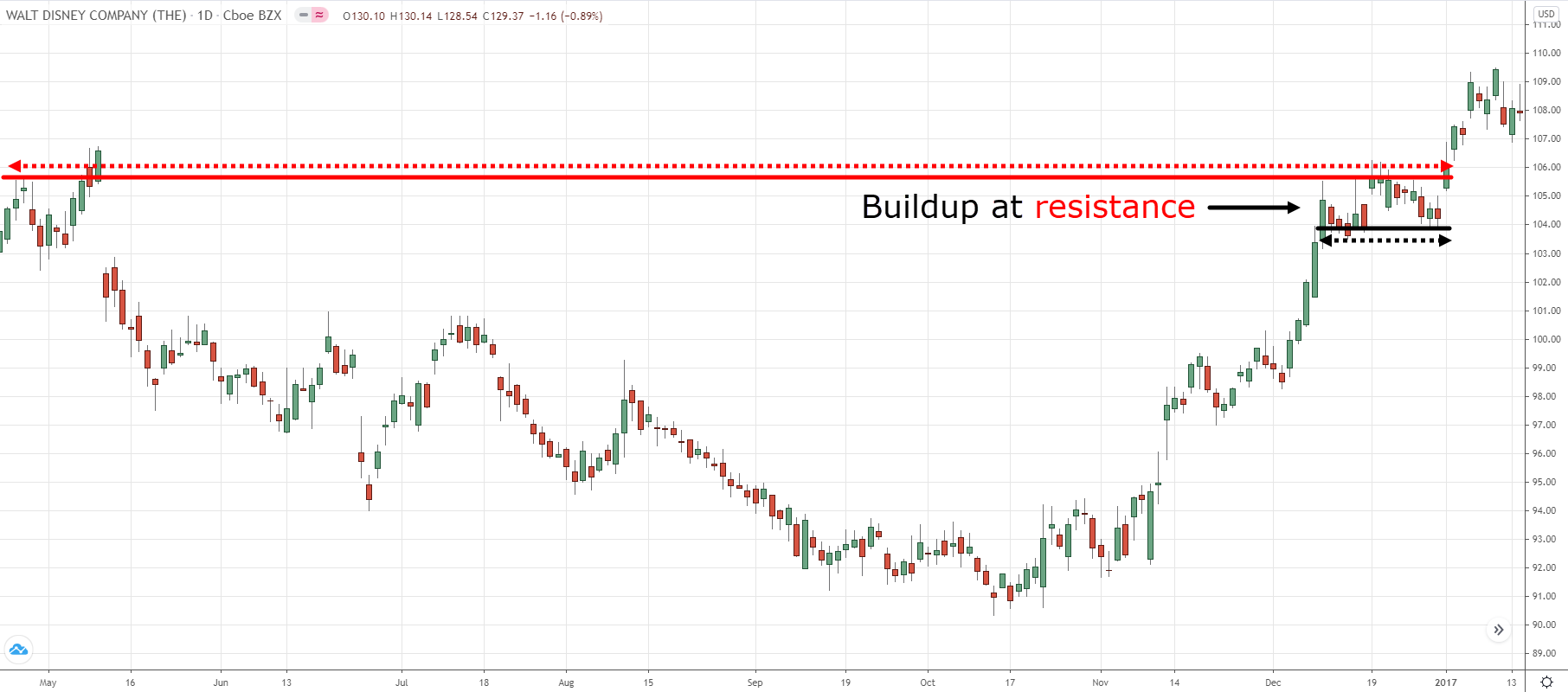
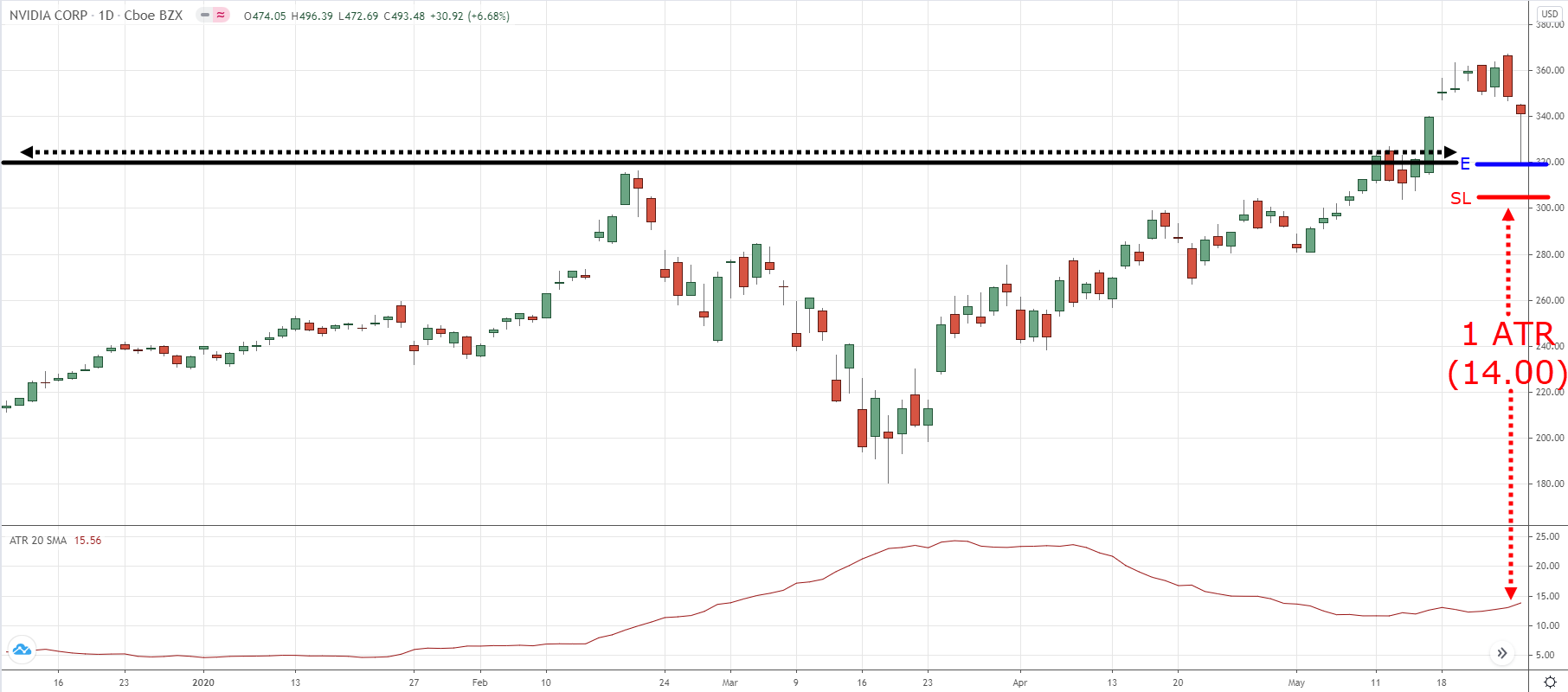
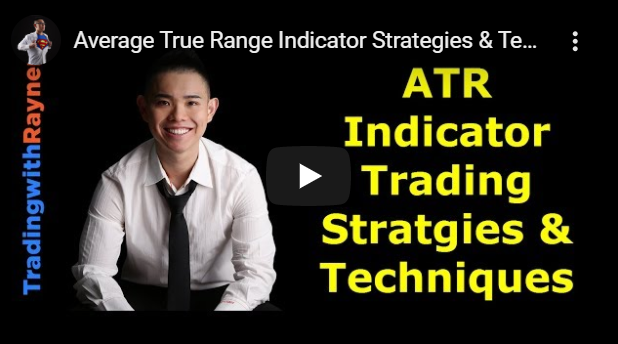
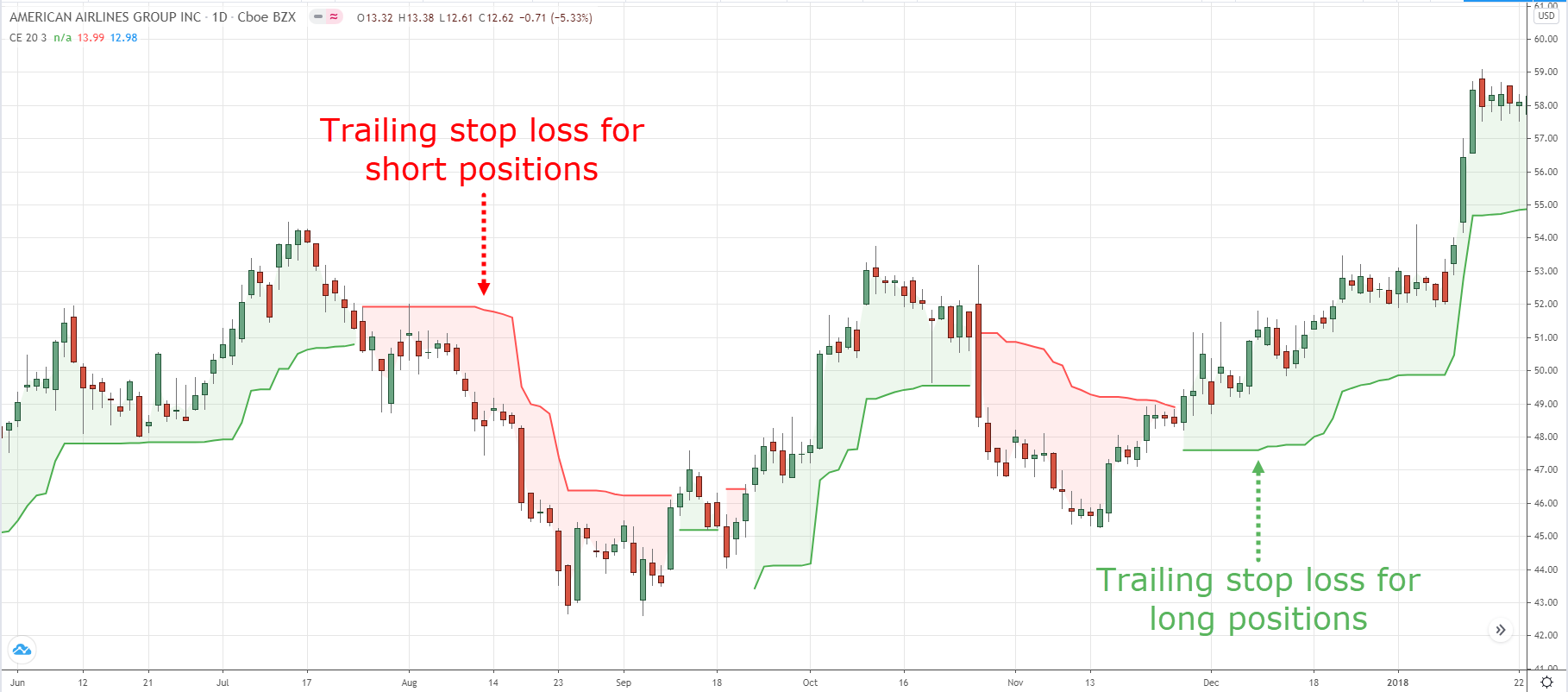
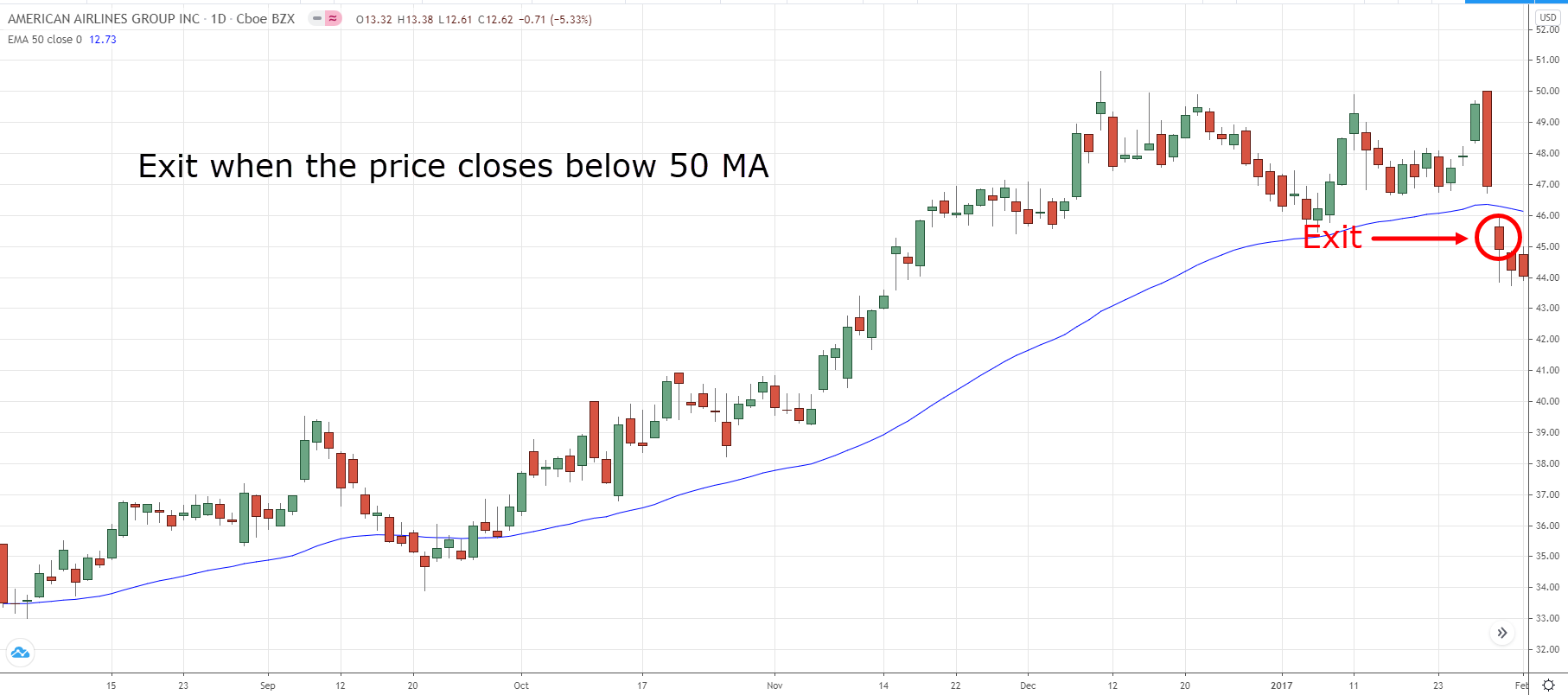
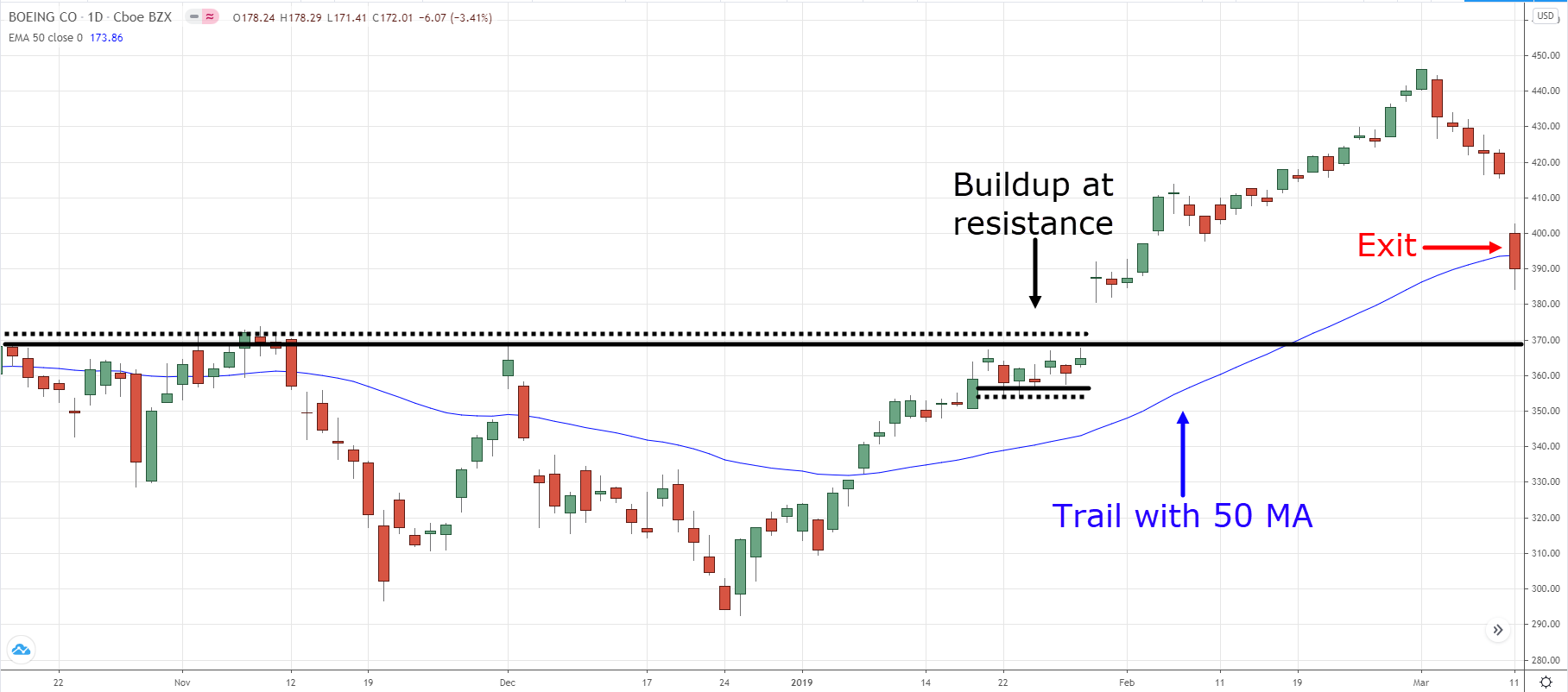
It’s good for job worker like me.its really great .sir I have your price action book it worth my purchase on the first trade thanks a lot from india
Awesome to hear that Bankar!
A lot of good content here thank you
You’re welcome David, more to come!
Sweet write I just did it without knowing what I was doing ,but now I feel confident with this lesson
Awesome, that means you are in the right direction, keep it up!
I can see at a distance you are so sure of what you say and it makes sense I must admit.
Kindly send me some tips on forex trading, cost of living is costly in this side of the world. I have an account with markets.com platfor
Hey tere Bongani, if you wish to learn forex trading feel free to check this out: https://www.tradingwithrayner.com/academy/
Hey hey hey Rayner! I’ve been learning Forex since 2021 and lost a lot of money😭 but ever since i came across your YouTube channel and Telegram in July 2022, my trading game has changed a lot🕺I feel like a Pro👊🇿🇦🇿🇦
Amazing to hear that Simphiwe, keep it up!
No. Because I still don’t understand how trailing stop loss works. Is it a feature on the platform one has to execute, or one have to manually move the stop loss? Please. I’ve been struggling with this
There are different kinds of trailing stop loss, but in general, yes, one has to manually move the stop loss
Position trading is a good but right now I’m focusing on day trading. Since I have your Price action trading ebook I started to unfollow all gurus providing trading signals from telegram and other social media group that caused to my account wiped out many times. Price Action Trading help me a lot, the technique teaches there are almost complete. Thanks a lot Brother Rayner for your unstoppable teaching. God Bless You Bro!
Thanks for sharing, Johnrie!
Hello it sounds good. Long trends for good moneys
Definitely, good luck applying it Obakengjobe!